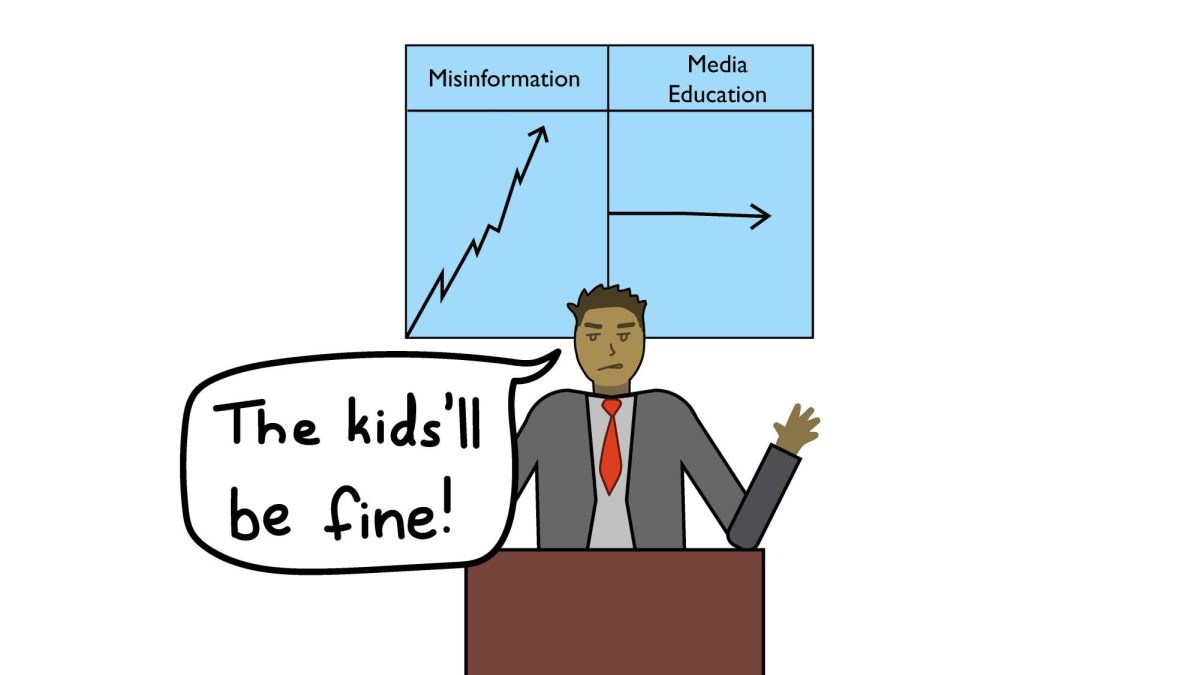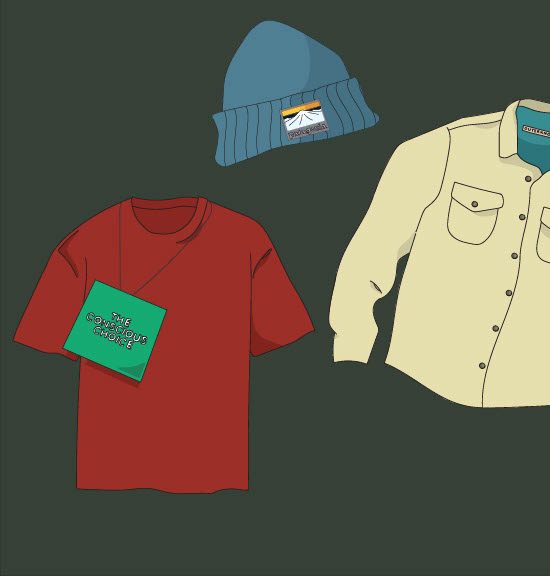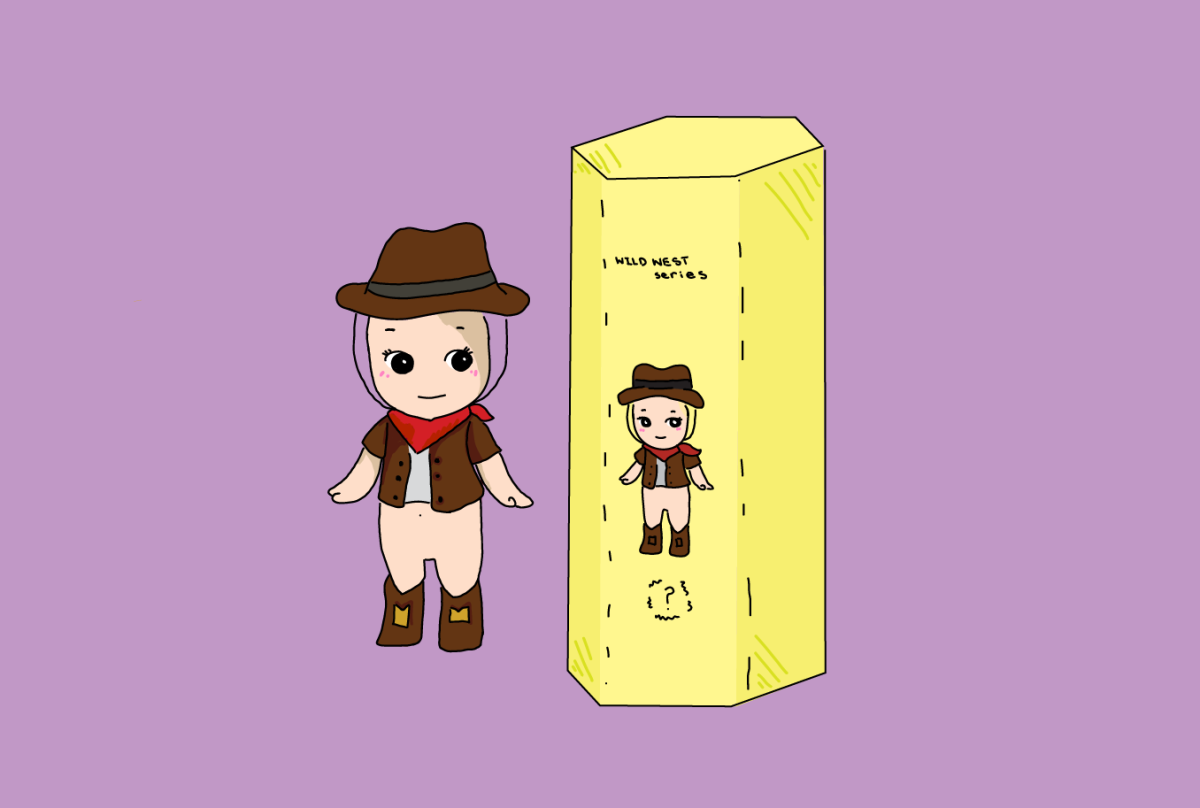The 2010s saw the beginning of an influential trend: viral internet campaigns. Social media made charity challenges global, like the ALS Association’s Ice Bucket Challenge in 2014, reaching $115 million in donations. Participants dumped ice water on their heads, nominated friends and donated to the cause. The revival of the challenge in 2025 by the University of South Carolina’s Mental Health Needs Discussion Club re-spotlighted advocacy challenges. Since its creation in March, the donation website received $421,000, exceeding its $250,000 goal. This revival begs the question of our internet-dependent society: Are charity campaigns viable in today’s modern era?
Advocacy challenges make a splash
Technology is central to modern life, especially for teenagers. A 2024 Pew Research Study found that 50% of teenagers use Instagram daily, with 12% reporting to use the app “almost constantly.” This widespread use makes the platform a powerful tool for advocacy, particularly through viral challenges like the “Speak Your Mind” Ice Bucket Challenge that harness the omnipresent power of social media for good.
When the Ice Bucket Challenge made a comeback in early March, it quickly took off on Instagram and TikTok. Aimed at Instagram’s large population of teenagers, it generated over 670,000 posts and raised over $400,000.
Social media advocacy extends beyond mental health. The World Wildlife Fund’s Earth Hour campaign, which encouraged viewers to turn off their lights from 8:30 to 9:30 p.m. on the last Saturday of March annually — gained traction on Instagram and went viral on TikTok with over a billion views in 2021. In 2024, the mental health charity Pieta launched Jog 120 in July, urging participants to run four kilometers daily and share their progress online, raising over $100,000 for suicide prevention.
While some may argue that these viral challenges may overshadow their causes by placing more focus on the challenge itself, Instagram’s algorithm allows videos to reach audiences who care enough to donate. Even small contributions, when multiplied by many, have a real impact. For example, the original Ice Bucket Challenge raised $77 million for ALS research, $23 million for patient and community services and $10 million for education.
Though not every challenge leads to lasting change, when paired with the opportunity for education and a discernible call to action, they can convince millions to get involved. Their real potential goes beyond likes and clicks — it lies in the conversations and commitments they create beyond the screen. We are only beginning to realize what social media challenges can accomplish.
Hot trends are getting old
Social media campaigns just don’t work as well as they used to. Viral social media campaigns during the 2010s, such as the Ice Bucket Challenge, were astoundingly effective, but they don’t hold up in the current era of the internet where the overuse of short form content to advertise has led to viewers not being engaged, and to viral charity campaigns becoming obsolete.
Since the astounding success of the Ice Bucket Challenge, there have been many more similar campaigns that combine challenge and donation, but rarely have they succeeded at such a level. The Speak Your Mind challenge spread quickly like the ALS Association’s challenge, but the donations were significantly less impressive. The Speak Your Mind challenge reached a similar number of viewers to the Ice Bucket Challenge with the same rules, and yet they received over 200 times less in donations. Modern equivalents come up short because viewers aren’t interested in engaging with their causes.
Short form media platforms like TikTok and Instagram make going viral easier than ever, but the efficacy of challenges remains limited. Social media has become flooded by companies, charities and individuals trying to spark similar trends on social media. Although nominating your friends is fun, the prevalence of viral campaigns asking for money, likes and reposts has rendered them ineffective. Most viewers have lost interest in joining yet another cause.
Even for successful campaigns like the USC Speak Your Mind challenge, few who participated even knew about its cause. I myself was nominated, and I had ice cold water dumped on my head, but I did not know what the cause stood for. For me, it was just a game. The cause and donations didn’t matter as long as I got drenched, and my friends did the same. The challenge became viral lip service.
The original Ice Bucket Challenge caught the internet during a time of change. Virality actually meant something, and the market of unpaid advertising was unexplored, leading to a booming success. But viral marketing that relied on the goodwill of viewers has since become a norm. Viewers won’t engage meaningfully when each new campaign is just another drop in a very cold bucket. The era of social media challenges is over.

















